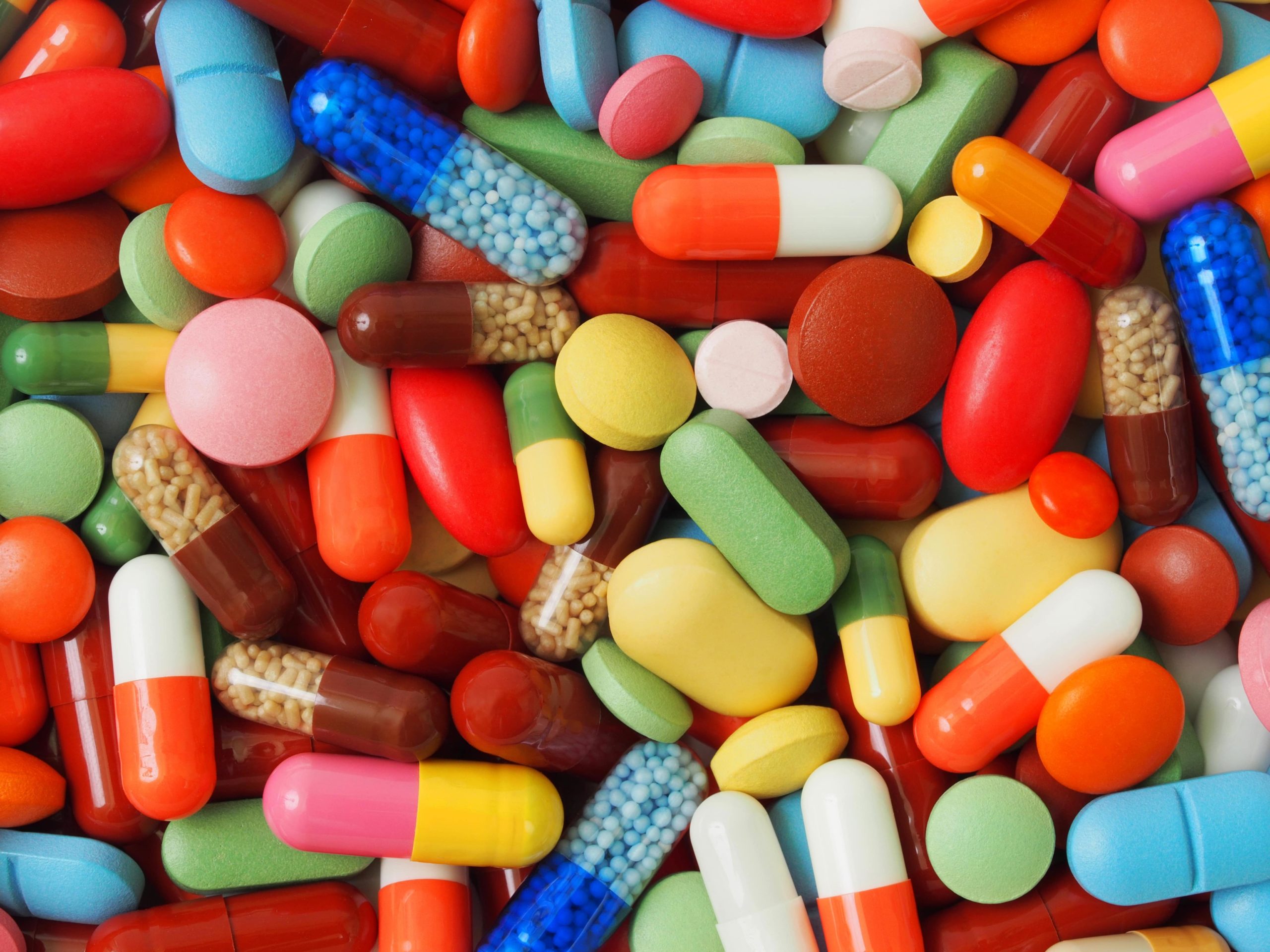For some people, misusing illicit substances, such as cocaine, opioids, or marijuana, is not sufficient to bring about the euphoric state they desire. Instead, they turn to designer drugs that deliver a higher and stronger effect. So, what is a designer drug, and how is it misused? Read on to learn more about the different types of designer drugs.
What Are Designer Drugs?
Designer drugs, also known as club drugs, are generally defined as synthetically made substances that mimic the effects of a naturally made drug derived from natural sources. In addition, the definition has expanded over the years also to include chemically altered drugs that originated from plants.
They are called designer drugs because chemistry and chemicals were used to create or alter the state of a drug to make it have more powerful effects. In addition, these drugs are made in a laboratory.
As a result, part of the appeal of designer drugs is lower dosages of the drug are needed to achieve the same effects as its non-synthetic counterpart. Plus, they tend to cost less, making them appealing to teenagers and young adults.
Different Types of Designer Drugs
Designer drugs exist in several different forms. Manufacturers might market them as safe substitutes for illicit substances or market them as other products. The intentional mislabeling of these products allows them to be sold legally.
The different types of designer drugs people abuse include:
- Synthetic Marijuana – Spice, K2, Black Magic, Paradise
- MDMA – Molly, Ecstasy, E, Biscuit, Adam
- LSD – Acid, Mellow Yellow, Dots
- Rohypnol – Roofies, Mexican Valium, Pingus
- Methamphetamine – Meth, Crank, Scooby Snax
- U-4700 – Pink, U4
- Ketamine – Special K, Kit Kat, K
- Gamma Hydroxybutyrate – GHB, Liquid X
- Bath Salts – Bloom, Shite Lightning, Cloud Nine
- Alpha-PVP – Flakka
Despite the legality of some of these substances, they are still unsafe. Many of these drugs carry the risk of harmful symptoms.
Harmful Symptoms of Designer Drugs
The main concern with designer drugs is the symptoms, and side effects people experience from the various chemical compositions used to make the drugs. Unfortunately, there is no real way to know for certain what chemicals were used to manufacture the substance.
Some of the more common harmful symptoms experienced with designer drugs include:
- Memory problems
- Blackouts
- Nausea
- Panic attacks
- Vomiting
- Detachment
- Fearfulness
- Anxiety
- Depression
- Seizures
- Insomnia
- Loss of consciousness
- Changes in appetite
- Extreme weight gain/weight loss
- Loss of coordination
- Coma
- Death
Sadly, the number of harmful symptoms does not deter people from misusing. Part of the reason for this is they want to experience the intense effects the drugs can create, such as:
- Heightened euphoria
- Calmness
- Relaxation
- Lowered inhibitions
- Hallucinations
It is these effects that allow people to engage in risky behaviors or make impulsive decisions.
Furthermore, many of the chemicals used in producing designer drugs are harmful to humans because they are not meant for consumption. As a result, the actual effects of the drugs are not fully certain.
For example, one person could experience a euphoric, calm state when using synthetic marijuana. Another person, on the other hand, could experience adverse side effects like panic attacks or seizures.
Are Designer Drugs Addictive?
Research into the addictiveness of designer drugs is inconclusive. Some substances can have addictive-like qualities while others may not. Further complicating the matter is the type of experience one has while under the influence of the designer drugs.
If the person’s experience is a positive one that brings about the desired effects and a euphoric state, the user thinks of drug abuse as a positive behavior. Conversely, if the person has an adverse reaction or bad trip, they are less likely to use the drug again. Even worse, some people use a designer drug once and end up in a coma or die.
One of the reasons it is difficult for researchers to determine the addictiveness of designer drugs is their chemical compositions are constantly evolving and changing. However, it is safe to assume that many of these drugs have the potential to create addiction from repeated usage.
For example, the chemicals in synthetic marijuana mimic the effects of THC found in natural marijuana and attach to different receptors in the brain. As a result, people under the influence of synthetic marijuana can experience similar sensations, such as slowed reaction times, increased appetite, and so on.
Treatment Options for Designer Drug Addiction
The first and most crucial step for overcoming designer drug addiction is, of course, supervised detox. The withdrawal symptoms from designer drugs can be more intense and severe because of the chemicals used to make them.
The treatment options for designer drug addiction are similar to other substance use disorder treatments after completing supervised detox, including:
- Individual therapy
- Group counseling
- Education
- Family therapy
Nevertheless, before you begin long-term treatment, you must stop using drugs and go through detox. Once you have a clear mind following detox, you’ll be ready to fully engage in the recovery process.
At-Home Designer Drug Detox Treatment in Beverly Hills, CA
Now that you know more about what designer drugs are and the dangers they pose, we encourage you to get help for your addiction with at-home detox in Beverly Hills and the Los Angeles area from MD Home Detox. Our healthcare professionals will be with you throughout your detox to ensure your safety and reduce the undesired withdrawal symptoms. In addition, after detox, thanks to our extensive network of referred professionals, we can help you determine the next steps in your recovery plan. Contact us today to learn more.

